Tired of Spiders? Here’s How to Actually Keep Them Out for Good
So, let’s talk about spiders. After years crawling through basements, attics, and tight spaces, I can tell you that nothing gets people on the phone faster. It’s funny, folks are often more freaked out by a harmless house spider than by something that could actually be munching on their home’s foundation, like termites.
In this article
When I train new people, the first thing I drill into their heads is this: you can’t just spray and pray. Real, lasting spider control isn’t about dousing your home in chemicals. It’s about being smart. It’s about figuring out why they’re in your house in the first place and then, one by one, taking away their reasons for staying.
To be frank, a totally sterile, spider-free home isn’t the goal. That’s not realistic, and you probably wouldn’t want it anyway since they eat a ton of other bugs. The real mission is to make your home an unappealing place for them to set up shop. We want to manage their numbers and make sure the odd one that does sneak in is just a harmless visitor. The pros call this Integrated Pest Management (IPM), which is just a fancy way of saying we prioritize prevention over reaction. It’s safer, smarter, and it actually works long-term.

First Things First: Why Are They Even Here?
Before you can evict them, you have to understand what they’re looking for. Spiders are pretty simple creatures. They need three things: food, shelter, and a safe place to have more spiders. Your house, completely by accident, offers a five-star resort that covers all three. An uptick in spiders is often a flashing neon sign that you have another pest issue—they’re just following the buffet.
How Spiders ‘See’ Your Home
Here’s a little biology that goes a long way. Spiders don’t have noses or ears. They basically “smell” and “taste” the world with their feet, through super-sensitive hairs on their legs. As a spider scurries across a surface, it’s getting a constant stream of information. This is exactly why a natural repellent like peppermint oil can work.
It’s not magic; it’s just that the strong scent is overwhelming and irritating to their feet. They touch it, hate it, and turn around. Simple as that.
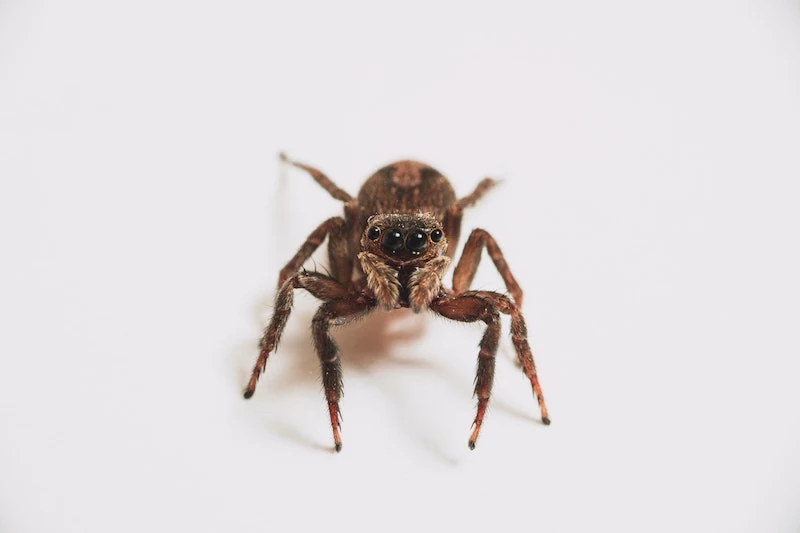
My Go-To DIY Repellent: Grab a clean spray bottle, fill it with water, and add about 15-20 drops of pure peppermint oil. Shake it really well before you spray. Hit the spots where they travel: along baseboards, the edges of window frames, and in doorways. Heads up, though—the scent fades, so you’ll need to reapply it every week or so to keep it effective.
Know Your Enemy (and Your Friends)
Figuring out what kind of spider you’re dealing with is step one. Most of the spiders you’ll find indoors are just nuisances, but a couple of them… well, they need to be taken very seriously.
Common and Harmless Houseguests
- American House Spider: This is probably the one you see most. They’re small, brownish, and spin those classic messy, tangled webs up in the corners of rooms or behind the bookshelf. They’re incredibly timid and want nothing to do with you.
- Cellar Spiders: You might know them as “daddy-long-legs spiders.” They have tiny little bodies and crazy long, skinny legs. You’ll find their sloppy webs in basements, garages, and other damp, quiet places. They’re totally harmless and are actually amazing predators of other spiders, including the nasty ones.
- Wolf Spiders: These are the big, fast ones that give you a jump scare when they sprint across the floor at night. They don’t build webs to catch food; they’re active hunters. While they look intimidating, their bite is extremely rare and usually no worse than a bee sting (unless you have a specific allergy, of course). They’re usually just lost wanderers from outside.
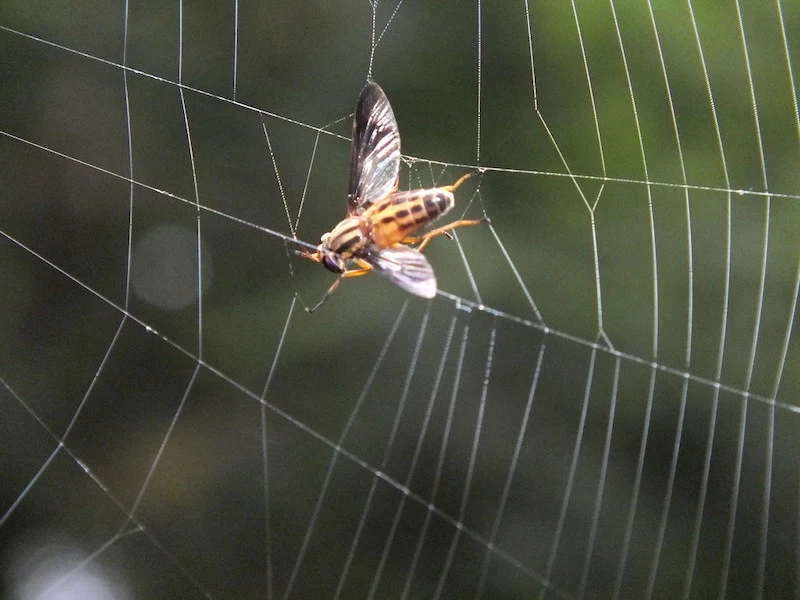
Medically Significant Spiders (Use EXTREME Caution)
Let me be crystal clear about this: if you suspect you have an infestation of either of these two spiders, your DIY journey stops here. Your very next step should be to call a licensed pest control professional. Don’t try to handle a full-blown infestation yourself—it’s not worth the risk.
- Black Widow: Found all over North America, the female is the one to watch for. She’s shiny black with that unmistakable red hourglass shape on her belly. They build strong, messy webs close to the ground in dark, undisturbed spots. Think woodpiles, sheds, under patio chairs, or inside water meter boxes. Her venom is a neurotoxin, and a bite is a serious medical event.
- Brown Recluse: Primarily found in the central and southern U.S., these spiders are a uniform tan or brown color. Their claim to fame is a dark, violin-shaped marking on their back, with the “neck” of the violin pointing toward their rear. They are incredibly shy (hence the name “recluse”) and love hiding in cardboard boxes, piles of clothes, and deep clutter. Their bite is rare but can be serious, causing tissue damage.
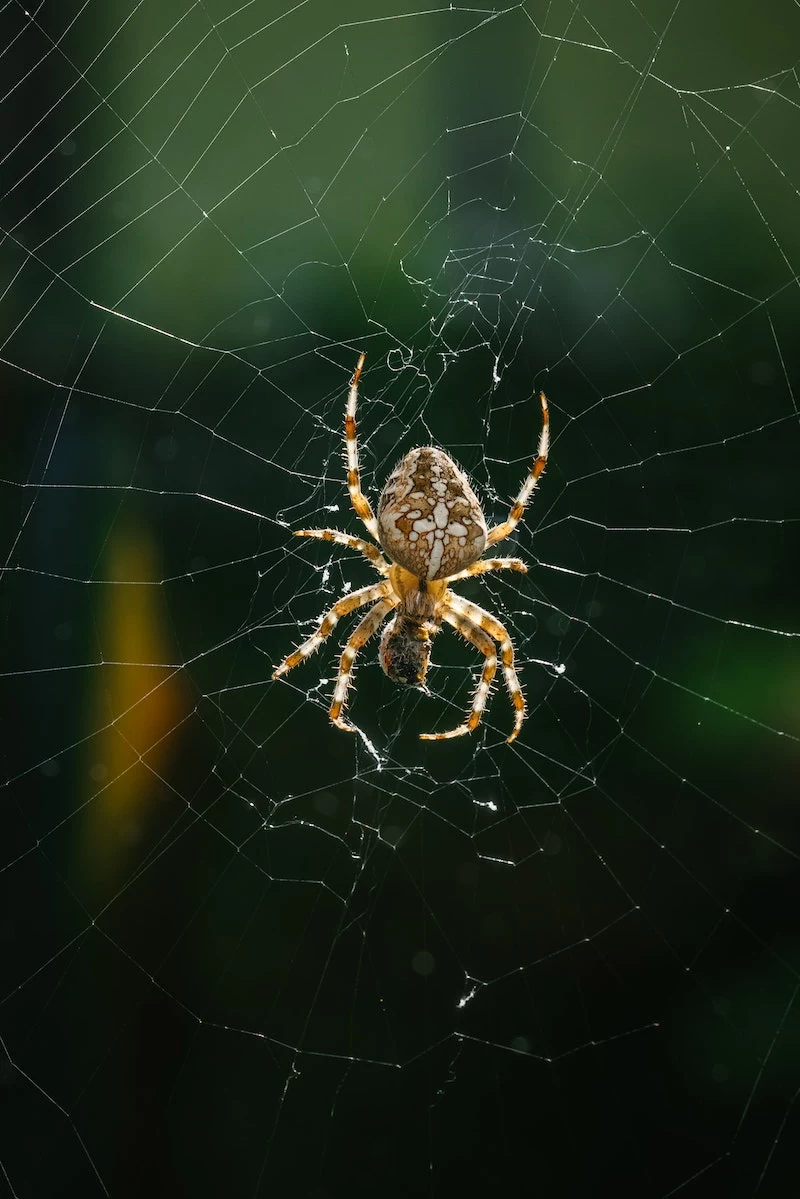
The Pro’s Secret: Fortify Your Castle
The single most important thing you can do—more valuable than any spray—is to stop spiders from getting inside in the first place. I tell people all the time: spend one afternoon sealing up your home, and you’ll get better results than a year’s worth of treatments. This is the foundation of real pest control.
Your Weekend Warrior Exclusion Toolkit
You don’t need a bunch of fancy gear. A quick trip to a hardware store like Home Depot or Lowe’s will get you set up. For under $30, you’ll have your basic arsenal.
- High-quality silicone caulk and a caulk gun: Get the exterior-rated kind. It stays flexible and won’t crack when the temperature changes. A decent caulk gun is about $10-$15, and a tube of caulk is around $8.
- Steel wool or copper mesh: Perfect for stuffing into larger gaps that caulk can’t handle. Pests can’t chew through it. A bag of steel wool is only about $5.
- Weather stripping: Get foam or rubber strips to seal gaps under doors and around windows.
- A good flashlight: Seriously, this is your most important tool.
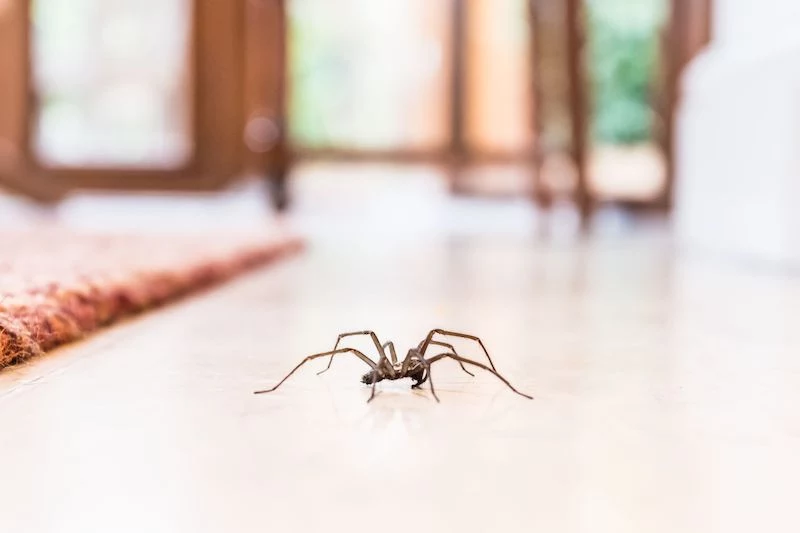
Your Home Seal-Up Game Plan
Ready? Grab your flashlight and be methodical. This whole process should take a solid afternoon, maybe 3-4 hours for an average-sized home. Start from the bottom and work your way up.
- Check the Foundation: Walk the entire outside of your house. Look for any cracks or gaps where the foundation meets the siding. Pay special attention to where utilities enter the home—water pipes, gas lines, electrical conduits, and A/C lines are spider superhighways. A half-inch gap is a wide-open door. Use caulk for small cracks. For bigger gaps, stuff them with copper mesh first, then seal them up.
- Inspect Windows and Doors: Make sure all your windows and doors close tightly and have a good seal. The most common entry point I find on jobs is a bad seal under an exterior door. If you can see daylight, it’s time for a new door sweep. Check the weather stripping on all doors and make sure your window screens are free of rips.
- Look at Vents and Soffits: Dryer vents, attic vents, and soffits should all be covered with a fine mesh screen. These can get damaged or fall off over time, so give them a quick check.
I once had a client with a stubborn Brown Recluse issue. We treated the house, but they kept showing up in one bedroom. During a follow-up, I found a tiny, unsealed gap where the A/C line entered the wall right behind their bed. It was barely visible. We sealed that one little hole, and poof—the problem vanished. It’s almost always about the entry points.

Quick Win: Short on time? Do this one thing today. Go check the seals under all your exterior doors. It takes ten minutes. If you see daylight, install a new door sweep. You might just solve 50% of your problem.
Make Your Home a Terrible Place to Live (for a Spider)
Once you’ve sealed the perimeter, it’s time to make the inside as unwelcoming as possible. This means taking away their food and their favorite hiding spots.
Inside Your Home
Your vacuum cleaner is your number one weapon here. Use a model with a hose and a crevice tool. Regularly vacuuming corners, behind furniture, and along baseboards does three things at once: it removes the spiders, their egg sacs, and the webs they need to catch food. A spider that can’t build a web will move on.
Pro Tip: Okay, so what do you do after you’ve vacuumed up a spider? Everyone worries it will just crawl back out. After you’re done, immediately take the vacuum outside. If it uses bags, take the bag out, seal it in a plastic shopping bag, and toss it in your outdoor trash bin. If it’s a canister model, empty the canister into a sealable bag and do the same. Problem solved.
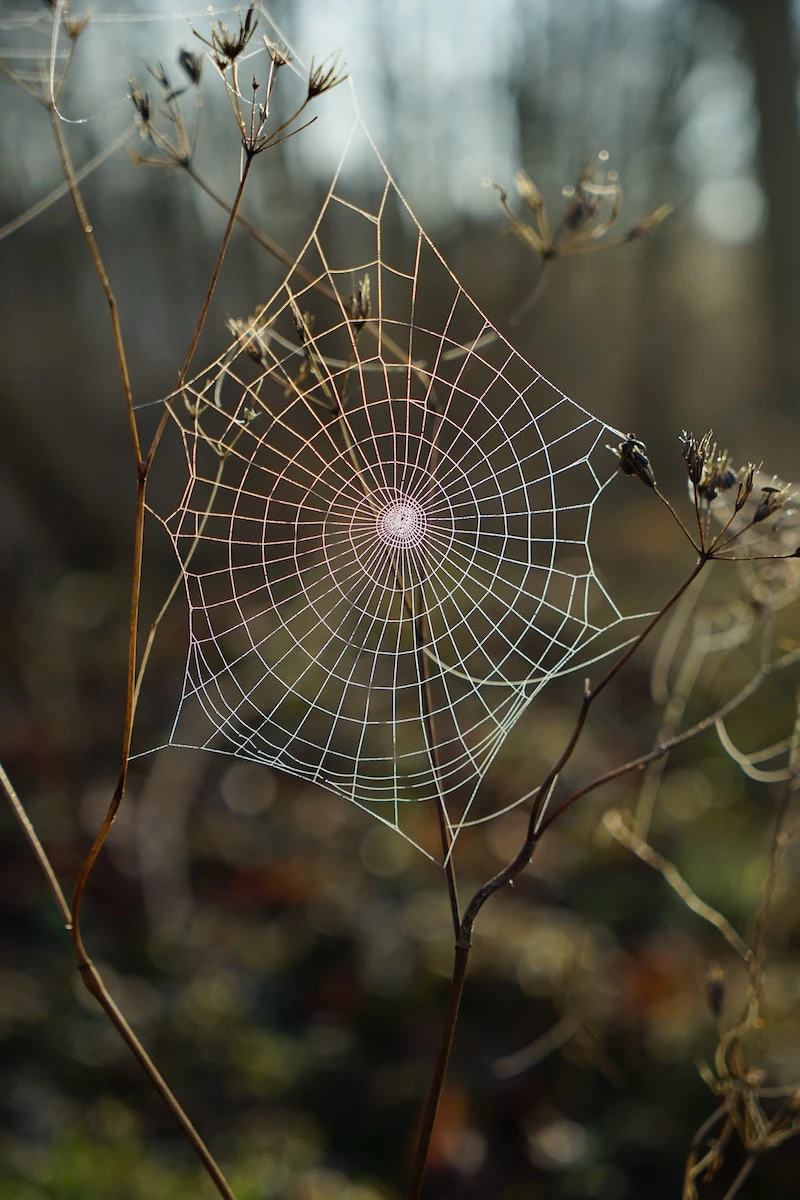
Oh, and decluttering is non-negotiable. Spiders, especially the shy ones like recluses, are obsessed with clutter. Basements and garages filled with old cardboard boxes are basically spider paradise. If you can, switch to plastic storage totes with tight-fitting lids. It makes a huge difference.
Outside Your Home
The area right around your foundation is a staging ground for pests. Clean it up!
- Landscaping: Trim back any tree branches or shrubs that are touching your house. These are literal bridges for spiders and other insects to get right onto your walls. I always recommend leaving at least a two-foot gap.
- Firewood and Debris: Keep firewood piles, compost bins, and any other debris well away from your foundation. These are prime hiding spots for Black Widows.
- Lighting: Those standard white outdoor lights attract moths, flies, and all sorts of other flying insects. For spiders, this is an all-you-can-eat buffet, and they’ll build webs right by the light to take advantage of it. The simple fix? Switch your exterior bulbs to yellow “bug light” or sodium vapor bulbs. They are far less attractive to insects, and if there’s no food, the spiders will move on.
Inspiration:

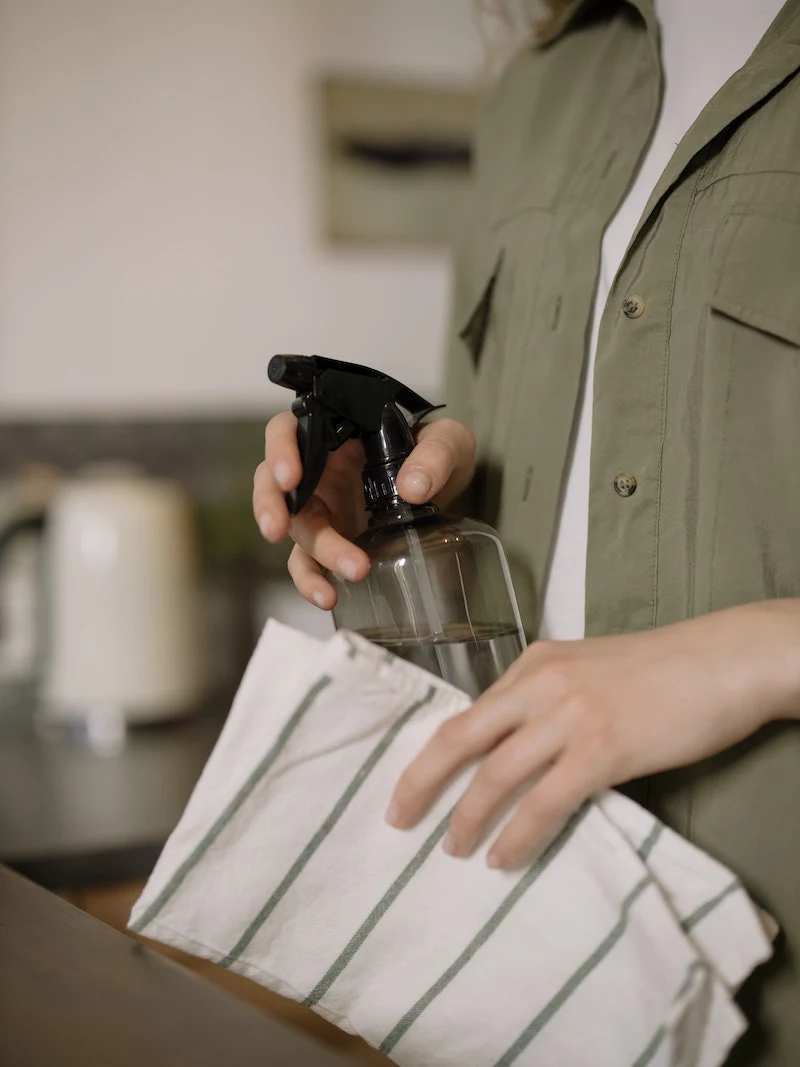
Could your porch light be a welcome mat for spiders?
Absolutely. It’s not the light itself that attracts spiders, but the flying insects—their primary food source—that are drawn to it. Standard bright white or blue-toned LED and CFL bulbs are like a buffet sign. To make your home’s exterior less appealing, switch your outdoor lighting to yellow or warm-hued “bug lights.” These emit a wavelength that most flying insects can’t see well, drastically reducing the nightly gathering at your door. It’s a simple, passive way to cut off the spider food supply right at the source.
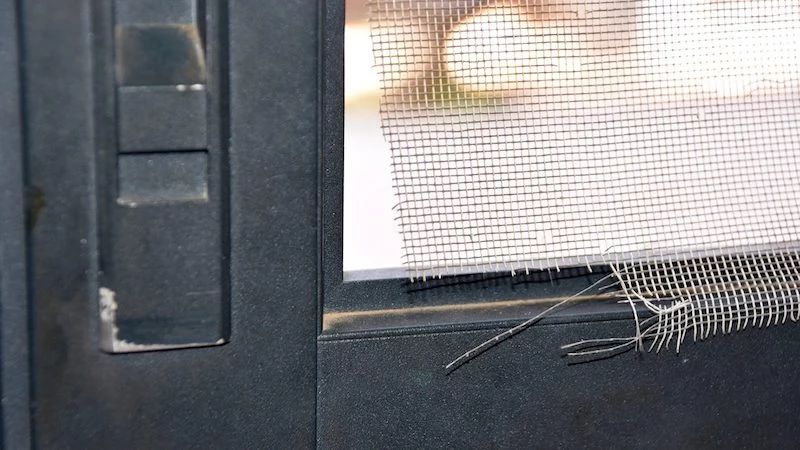
A single spider can eat up to 2,000 insects in one year.
While you don’t want them inside, encouraging spiders to thrive in your garden can be a huge benefit. Creating a ‘spider-friendly’ zone away from the house helps. This means allowing some leaf litter to accumulate under bushes and planting a diverse range of native flowers that attract other pest-eating predators like ladybugs and lacewings, establishing a natural balance that keeps pests—and by extension, spiders—out of your living space.
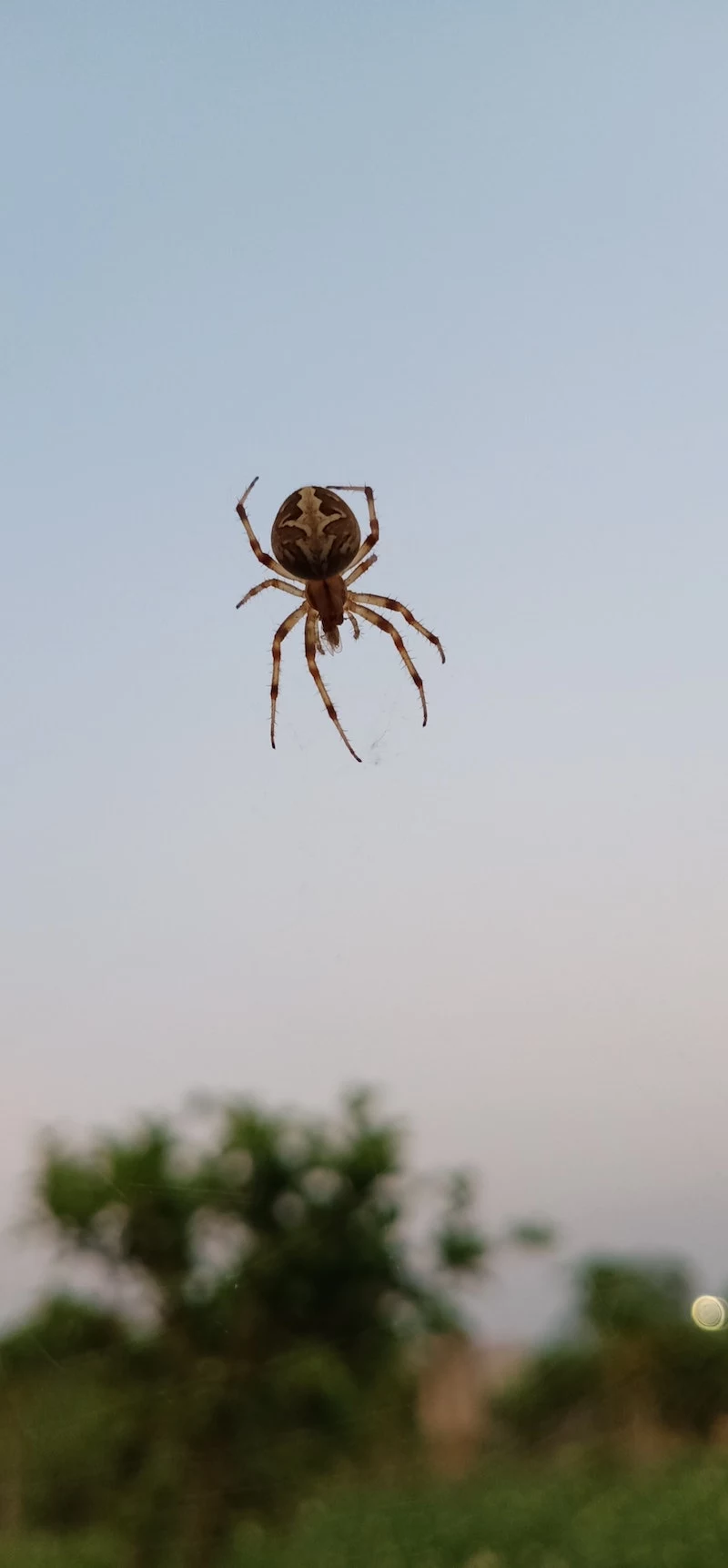
Sealing entry points is crucial, but spiders are smaller than you think. Go beyond the obvious torn window screens and check these often-missed spots:
- Gaps where utility pipes and wires enter the house. Use expanding foam sealant for a tight fit.
- The weep holes in brick siding, which can be covered with tiny, purpose-made stainless steel mesh inserts.
- The unsealed space beneath your door saddles. A new door sweep can make all the difference.
DIY Peppermint Spray: Extremely cost-effective and simple to make with essential oil and water. It’s great for frequent reapplication on surfaces like window sills and baseboards.
Commercial Natural Repellent: Products like EarthKind’s Stay Away® Spiders use a blend of essential oils (like rosemary and lemongrass) in a pouch format. They offer a slow, long-lasting release without spraying.
For a low-maintenance approach in closets or under furniture, the commercial pouch is ideal. For active defense around entryways, the DIY spray is perfect.










